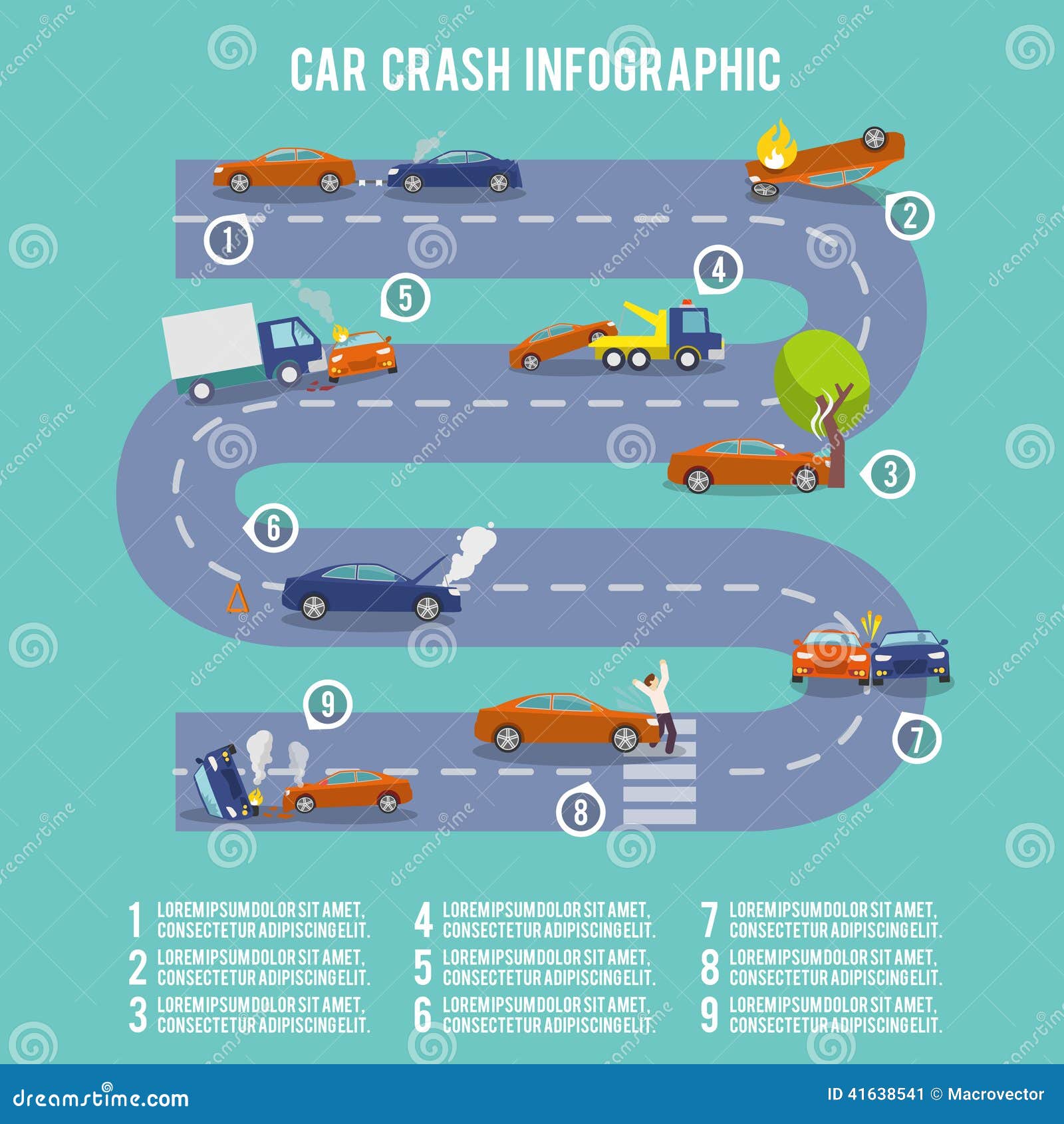Discover Exactly How To Decode Auto Caution Lights And Deal With Potential Problems With Confidence
Discover Exactly How To Decode Auto Caution Lights And Deal With Potential Problems With Confidence
Blog Article
Material Writer-Fenger Isaksen
When you lag the wheel, those little warning lights on your vehicle's control panel can be fairly perplexing. What do they mean, and should you be worried? Recognizing car alarm and security systems is critical for your car's well-being, yet it doesn't need to be a complicated job. By decoding the enigma behind each light, you'll be outfitted to handle potential issues successfully and keep your cars and truck running smoothly. So, following time a warning light flashes, do not panic - arm yourself with understanding and take control of the scenario.
Importance of Automobile Warning Lights
Recognizing the value of your vehicle's caution lights is crucial for maintaining your automobile's health and wellness. These lights function as your automobile's communication system, signaling you to potential problems that can threaten your safety when driving or result in expensive repair services if ignored. By taking notice of these cautions, you can address issues early and prevent more damages to your lorry.
Overlooking alerting lights can result in significant consequences, such as engine failure, brake malfunctions, and even mishaps. These lights are designed to alert you of issues varying from low tire stress to engine breakdowns, providing you the chance to do something about it before the situation aggravates. Consistently inspecting and understanding these cautions can conserve you time, cash, and ensure your security while driving.
In addition to keeping you safe, responding quickly to cautioning lights can also help prolong the life-span of your vehicle. By dealing with problems early, you can protect against small issues from escalating into significant repair services, eventually conserving you money and time in the future. Bear in mind, your car's warning lights are there for a reason - do not disregard them!
Common Caution Lights and Meanings
When it comes to driving your vehicle, knowing usual warning lights and their meanings is vital for your safety and automobile upkeep. Here are a few usual warning lights you might run into:
1. ** Examine Engine Light **: This light suggests a problem with your engine. Maybe something minor like a loosened gas cap or something more serious like engine misfiring.
2. ** Battery Light **: This light signals a problem with your auto's charging system. It might indicate a defective battery, alternator, or other relevant components.
3. ** Oil Pressure Light **: When this light begins, it indicates your engine might be running low on oil or experiencing reduced oil pressure, which can lead to engine damage if not addressed immediately.
4. ** Brake System Light **: This light shows a concern with your stopping system. It can mean reduced brake liquid degrees or an issue with the brake system that calls for immediate attention.
Understanding these typical caution lights will assist you determine possible concerns early on and protect against even more considerable troubles later on.
Just how to Reply To Warning Lighting
On the occasion that a caution light brightens on your vehicle's dashboard, it's critical to respond without delay and properly. When a warning light begins, the very first step is to consult your owner's handbook to understand the details concern suggested by the light.
see this page call for immediate focus, while others may show a less immediate issue. If the warning light is red or blinking, it's usually an indicator of a significant trouble that requires prompt action. In such cases, it's recommended to pull over safely, switch off the engine, and look for professional aid.
For yellow or orange caution lights, while they may not call for immediate interest, it's still crucial to resolve the underlying issue immediately to avoid more damage. Regular maintenance and evaluation can help prevent alerting lights from coming on unexpectedly.
Conclusion
In conclusion, understanding your car's caution lights is essential for maintaining your car's health and safety. By routinely inspecting and reacting to these warnings, you can resolve prospective issues early and avoid expensive repair services or security dangers. Bear in mind to consult your owner's manual for information on different caution lights and always take immediate activity for red or blinking lights. Keep aggressive and maintain your car running smoothly!
